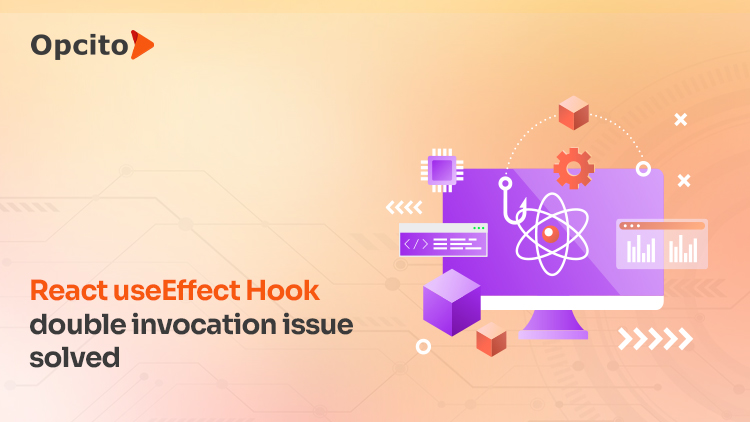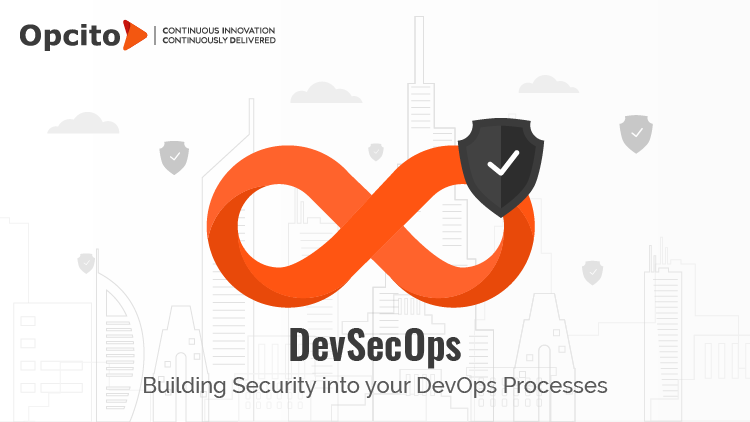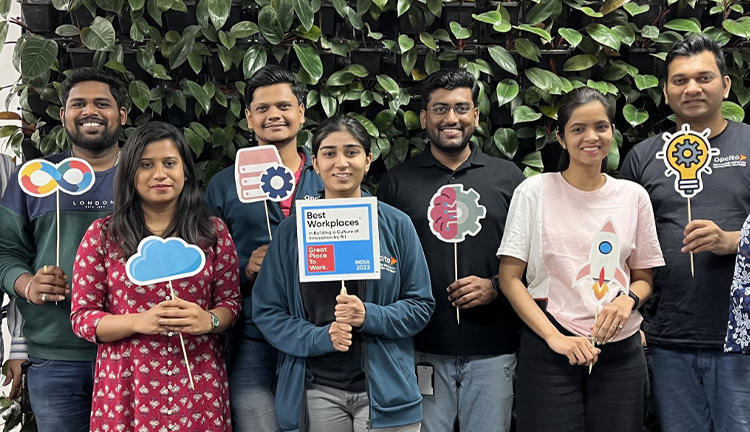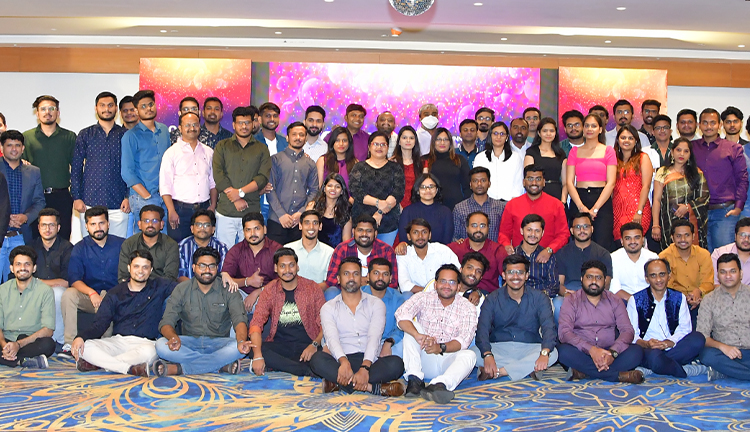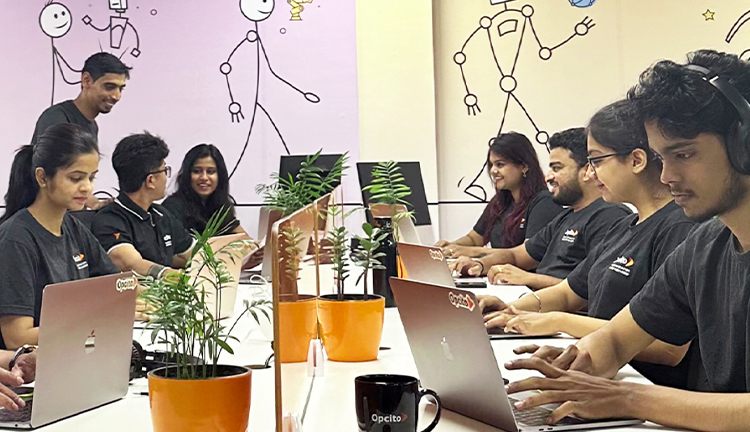7 major trends that will rule DevOps in 2020
Since the term DevOps came on the horizon in 2009, we have constantly seen progress and advancements in technology as well as the business side of it. IDC expects the DevOps market to touch $8 billion by 2022, whereas another report by Grand View Research expects the numbers to hit $12.85 billion by 2025. Although the numbers vary from report to report, the only constant is the growth factor which is always going up. 2019 was no exception to this particular trend, and I do not expect 2020 to be any different. So, what are the major trends that will rule DevOps in 2020? Here are 7 trends that I think you should keep an eye on to make the process of shipping software faster, cheaper, more secure, and with better quality -
Security - more important than ever
According to Security Magazine, only 12 security breaches in 2019 leaked information of more than 11 billion records. IP protection and security are important enterprise-wide issues. 2020 could be the year organization, irrespective of size, scale, and budget, will start paying more attention to security-related issues. The shift from DevOps to DevSecOps will result in great collaboration of security teams with Dev and Ops teams. It will integrate security into the development process, decrease vulnerabilities and improve the business reputation. Combining DevOps with security will make the faster development processes - secured. But how do we get there? Here's how a strategic approach to make security a crucial aspect of your DevOps culture:
- From the beginning, have security checkpoints at each stage of the software development life cycle.
- Make security a part of the job of developers as well as their performance review.
- Security should be treated as an important quality for development and operation teams.
- Combine DevOps with security & monitoring tools and security best practices to prevent systems against attacks.
Cloud-Native - the new normal
Cloud-Native has opened new possibilities for cloud automation and implementing cloud-native practices that have led us to better innovation, faster development, and richer customer experience. Cloud automation manages the installation, configuration, and supervision of cloud computing services automatically. Oracle’s predictions of Cloud-Native estimate that by 2025, 80% of the IT sector will move to the cloud. And this belief in the Cloud-Native drift is further cemented by the CNCF survey, which states that the use of Cloud-Native technologies in production has grown to 200%. This means it is time for organizations to start investing in cloud and cloud technologies apart from investing only in IT. The best example of this is the phenomenal success of Netflix. Their early adoption of cloud-native technologies has given them a huge competitive advantage. So going in 2020, I expect Cloud-Native to be the new normal.
Shifting attention from CI pipelines to DevOps assembly lines
The ultimate goal of DevOps is to enhance the collaboration between planning and automation of the delivery process. More than about doing Continuous Integration (CI), it has always been about Continuous Delivery (CD). The year 2020 could see a shift from a Continuous Integration(CI) pipeline to DevOps assembly lines. But why do that?
Nested visibility is powerful, native integration and ideal CD (continuous delivery) with interoperability are some of the reasons. The major separator between CI and assembly lines is - for each code change, continuous integration pipelines automate build and unit tests. Whereas DevOps assembly lines majorly automate the connection between the activities performed by various teams. For each activity, Assembly lines implement a pipeline, including CI. To connect one activity to another, DevOps teams often use ad-hoc scripts. Assembly lines assist DevOps teams to connect the various activities required to achieve continuous delivery in a better way.
Automation - zero-touch is the thing
Automation is an integral part of DevOps, and the DevOps teams should seek automation possibilities to speed up the development process. The possibilities for automation are at every stage starting from planning to build, test, release, deploy, provision, configure, and monitor. For 2020, the aim would be to reduce the human intervention to a minimum by fully automating the development processes by using available data and combining it with systems that are intelligent enough to analyze it and produce with actionable inputs. Zero-touch automation could be the thing for 2020. Not only that but we can expect systems that will act on these inputs automatically. Speaking of these systems brings me to the next trend which is Artificial Intelligence and Machine Learning.
The rise in Artificial Intelligence and Machine Learning
The growing number of Artificial Intelligence-driven apps will eventually force data science teams to include DevOps philosophy in their workflows. DevOps method deals with automated pipelines, maintaining and testing numerous deployed models in the production chain. As data science and development teams collaborate more for high productivity in development, deployment, and managing AI & ML-driven apps, the DevOps is going to improve further. AI and machine learning will become an essential part of test creation, execution, and automation, according to the predictions made by industry experts.
Serverless - bye bye traditional servers
In one of my previous blogs, serverless isn’t exactly serverless, I had mentioned that more than 20% of organizations have already moved to serverless. Serverless architecture can empower DevOps to its highest potential. Two critical aspects of serverless architecture are BaaS and FaaS. These two joining hands with DevOps can save time, ensure resilient workflow and cut down costs. The serverless market is expected to reach $7.7B by 2021, according to CB Insights, and Right Scale’s 2018 State of the Cloud report states that serverless is the fastest-growing cloud service model with an annual growth rate of 75% and in 2020, it is expected to go beyond expectations.
Kubernetes - gold standard for container orchestration
Kubernetes, in my opinion, has turned out to be the best container orchestrator technology. Of course, Docker Swarm and Mesos have their pluses; however, Kubernetes is slowly becoming the gold standard for container orchestration. Kubernetes, incorporated as the core artifact, has revolutionized the deployment during the development process and application sharing. The K8s ecosystem is always producing the best-of-breed solutions, and the flexibility, scalability, automation, portability, and high availability offered is booming financial and operational benefits. This is evident from the increasing demand for developers and engineers. We can also expect best practices around standards like PCI, HIPAA, NIST, etc. As the Kubernetes community is immense and still in the development phase. We will be seeing the first release of 2020 from the K8s soon, and I expect big things from them as always.
Apart from these, container registry services, multi-cloud computing, Opensource technologies, Continuous governance practices, and DevOps maturity Assessment could be few of the other things that we may see blooming in 2020. In my purview, DevOps practices have helped the enterprises recover much faster from failures and the time spent on recovering has been reduced by drastic margins. DevOps has become the most crucial part of any enterprise. As we advance toward 2020, watching these trends unfold will be exciting.

